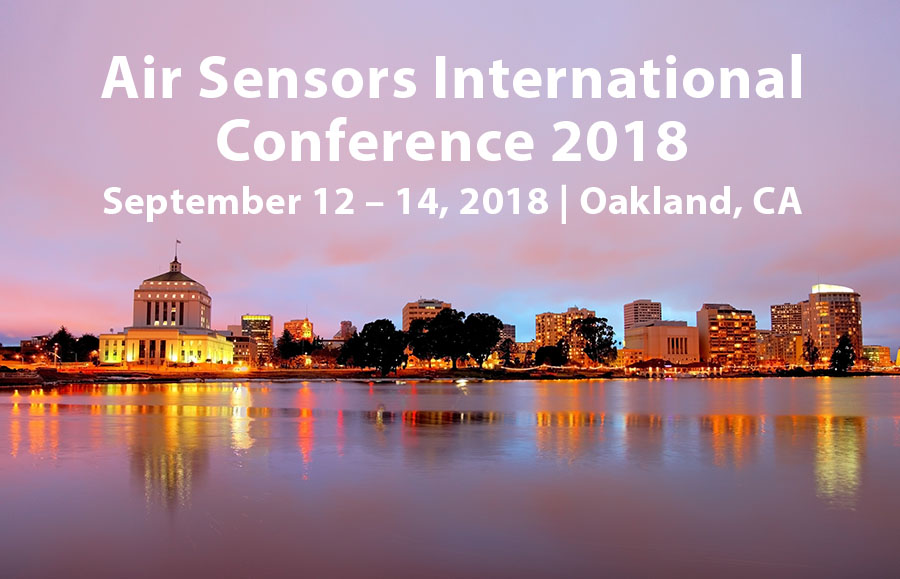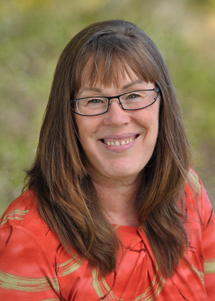Sonoma Technology scientists attended and presented at the Air Sensors International Conference. We discussed how advances in low-cost sensor technology have improved air quality monitoring campaigns for community groups, non-profit organizations, industrial facilities, and air quality agencies.
Podium presentation – Community Sensor Training: Best Practices and Lessons Learned by Hilary Hafner
Sonoma Technology is working with multiple agencies and organizations on a U.S. EPA Science To Achieve Results (STAR) grant, entitled “Engage, Educate, and Empower California Communities on the Use and Applications of Low-Cost Air Monitoring Sensors.” The project aims to develop a toolkit that will aid communities in deploying low-cost air quality sensors and arm them with the knowledge necessary to interpret the collected data. Ms. Hafner discussed the project approach and the lessons learned through community outreach.
Poster presentation – Variations in Wintertime PM Among Communities in Sacramento Measured with a Combination of Traditional and Low-Cost Sensor Methods by Dr. Steven Brown
To better understand how hazardous air pollutants impact Environmental Justice (EJ) and non-EJ communities in Sacramento, California, Sonoma Technology conducted a monitoring campaign at 15 Sacramento locations using both regulatory-grade and low-cost air quality sensors. The study assessed the difference between particulate matter (PM) levels in the EJ and non-EJ communities and reviewed the precision and accuracy of the low-cost sensors.
Poster presentation – U.S. EPA's AirNow International Air Sensor Applications and Initiatives in Accra, Ghana by Levi Stanton
Sonoma Technology is supporting the U.S. EPA and the Ghana Environmental Protection Agency (EPA Ghana) on the deployment and operation of a low-cost PM sensor network in Ghana’s capital city of Accra. Our poster describes how the sensor network complements and works with Ghana’s existing network, the goals and scope of the project, and the network’s integration into the U.S. EPA’s AirNow International system.
Poster presentation – Applications of Low-Cost Sensors for Youth Education in Arizona by Hilary Hafner
Emerging air quality sensor technology is creating new educational opportunities. Kids Making Sense (KMS) is an environmental education curriculum that teaches students to measure particle pollution using hand-held, low-cost sensors and interpret the data they collect. The Maricopa County Air Quality Department (MCAQD) tailored the KMS curriculum to align with current Arizona academic standards and is leading a rollout of KMS in Maricopa County classrooms. Our poster highlights the ways the KMS program engages with students, future plans for the program, and the ways it can be adapted to fit any classroom.
Poster presentation – Approaches to Air Sensor Calibration by Levi Stanton
Tens of thousands of air sensors are deployed across the world, but to provide useful data, users must be able to ensure that the measurements are indicative of actual air pollution levels. Our poster discusses the results of the different methods for reconciling air sensor data, how the methods could be used in tandem, and the future of air sensor network reconciliation.

Hilary R. Hafner

